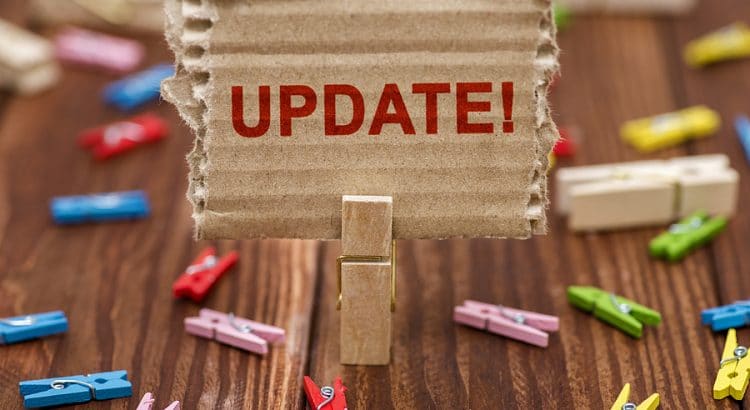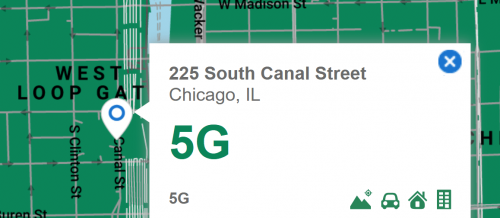On Wednesday, investigators from multiple federal agencies raided the office of Q Link Wireless and Hello Mobile. While I’m not sure what’s going on, I’m suspicious investigators are looking into possible misuse of the government’s Lifeline program.
The program offers telecom providers subsidies to help low-income consumers pay for phone or internet service. Fraud isn’t anything new for Lifeline. The FCC recently caught Sprint misusing the program. Sprint’s misuse ultimately lead to a $200 million fine.1
CBS4 covered the raid and shared this quote from Ivan Ramirez, a member of one of the agencies involved in the investigation:
The websites for Q Link and Hello Mobile were down when I tried to access them on Wednesday, but both websites are back online now. This latest incident only adds to my reservations about both carriers. Just a few weeks ago, I was discussing Hello Mobile and shared my two cents about the company:
A Reddit comment gives a feel for the frequency of the customer support fiascos. Ars Technica covered the security issue. One of my blog posts discusses the spam comments.
Hat tip to Joe Paonessa of BestMVNO who alerted me about this story.














